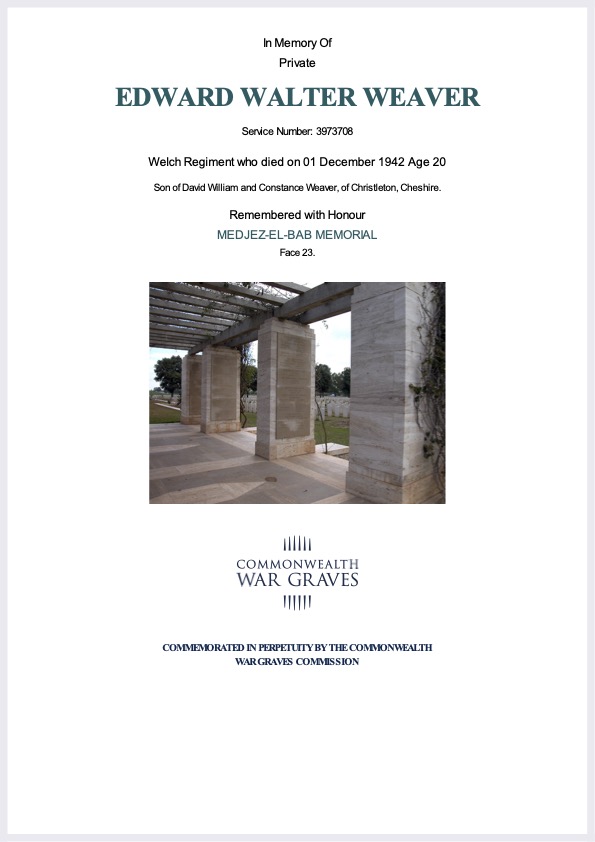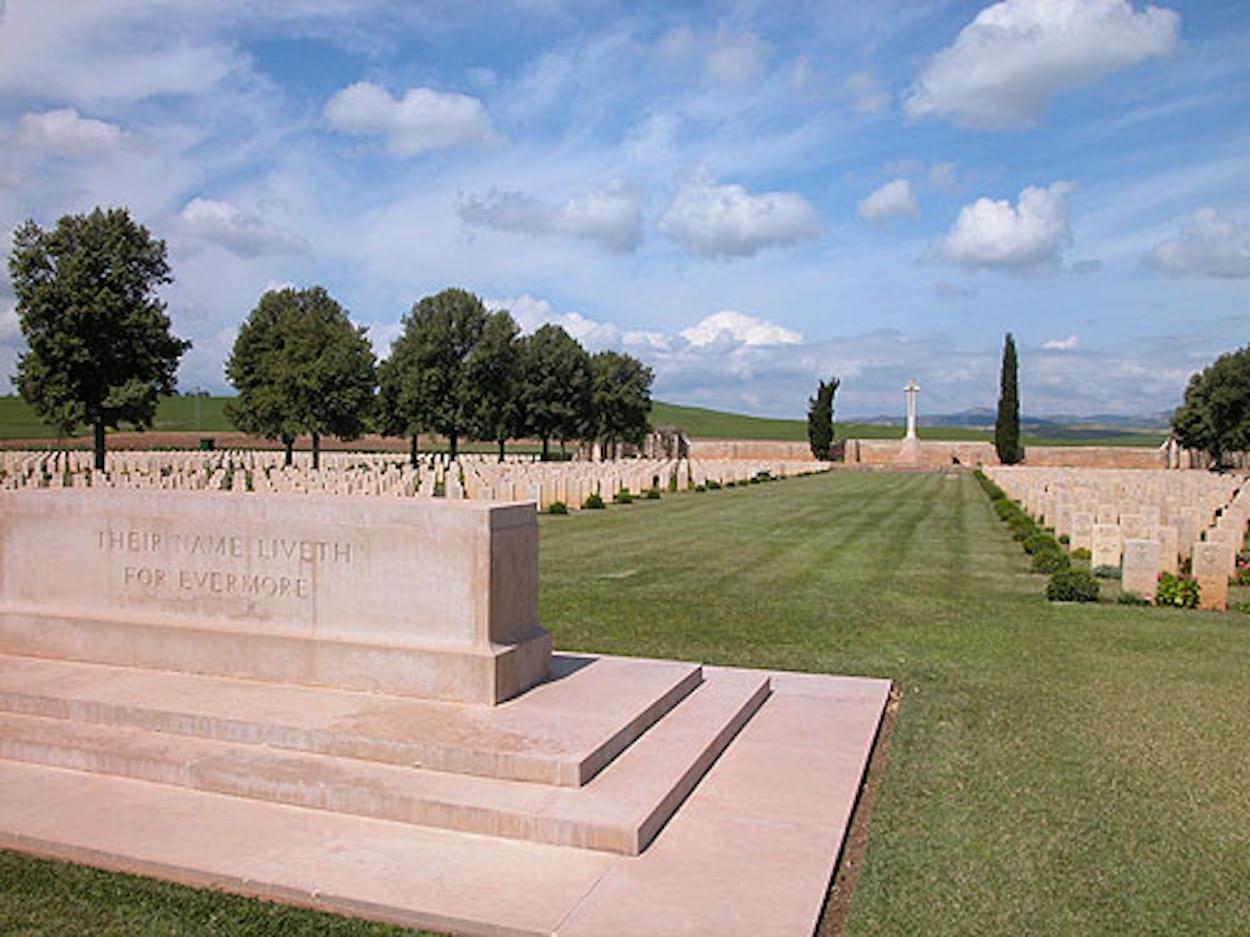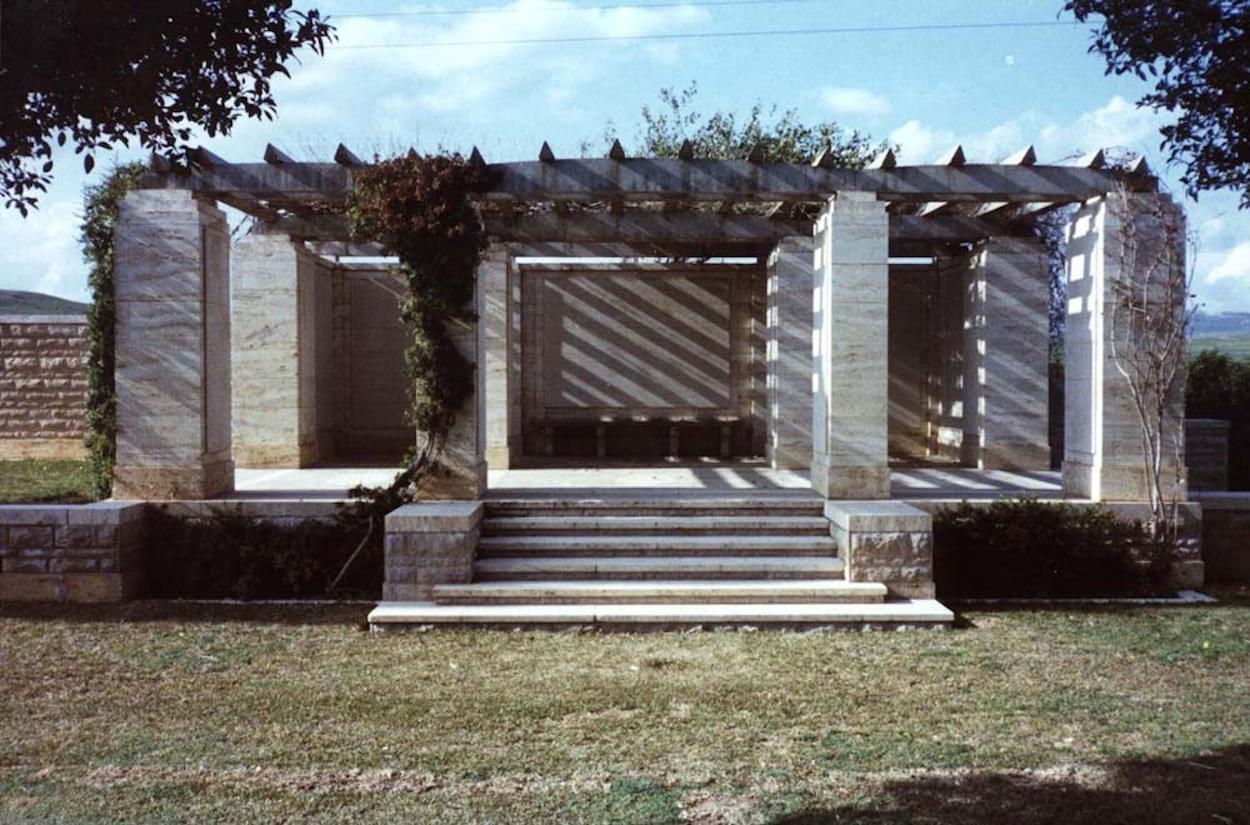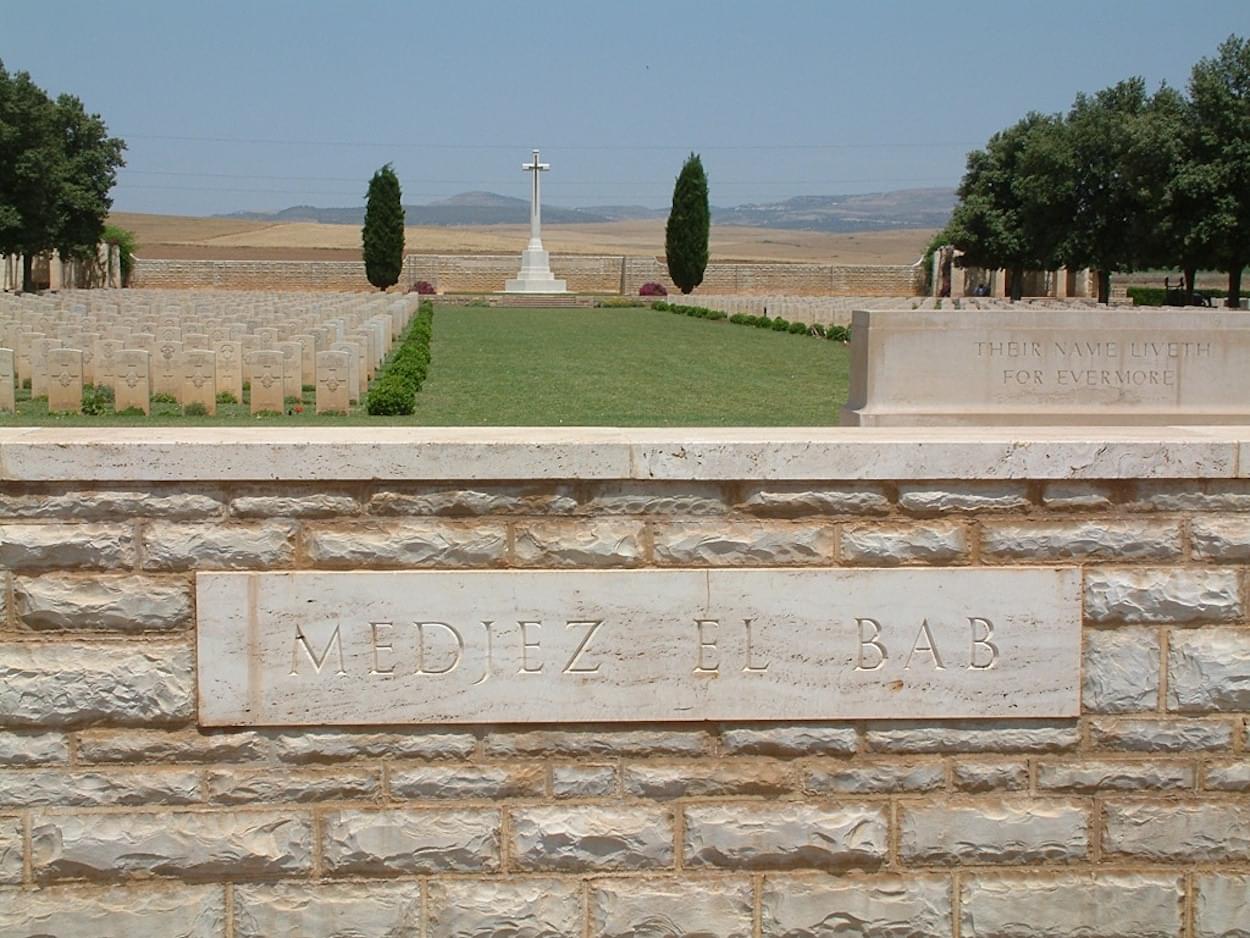

2025
WWII Stories from Christleton Parish
Part 9
The Men from Christleton who died in WWII who are commemorated on the Village War Memorial
NORMAN WEAVER
Rank: Private
Service No:14697014
Date of Death: 15th February 1945
Age: 32 years
Regiment: 7th Battalion Seaforth Highlanders
Remembered with Honour: Reichswald Forest war Cemetery Panel: 44 G 17.
Additional Information: Norman was the son of Richard & Eliza Weaver of Chester, and husband of Margaret Weaver of Boughton, Chester
Report in the Parish Magazine:
Private Norman Weaver the son of Richard & Eliza Weaver of Chester, and husband of Margaret Weaver of Boughton was a Private in the 7th Battalion Seaforth Highlanders. He died on the 15th February 1945 during Operation Veritable aged 32yrs. He was buried in Reichswald Forest War Cemetery. 44 G17
It is thought that he died en route to the capture of Moyland Castle. The 15th Division had orders to capture Kleve, but on the night of 9 February they were held up on the outskirts. The 47 Panzer Corps under General Heinrich Freiherr von Lüttwitz was directed to Kleve and the Reichswald. On 11 February, the 15th had cleared the town. Having expanded the front line to 14 miles, the II Canadian Corps, with the 2nd and 3rd Divisions and the 4th Armoured Division, became responsible for the drive along the Rhine to Kalkar and Xanten. XXX Corps were to operate on the right and take Goch before swinging towards the Rhine and linking with the Americans – once Operation Grenade had been launched. On February 10, 1945, British troops of the 2nd Seaforth Highlanders advance into the Reichswald during operations intended to breach German defensive positions and reach the Ruhr, the industrial heart of Germany. Bitter German resistance upset the British timetable and delayed the advance envisioned by British Field Marshal Bernard Montgomery.
-

CWGC Certificate - Norman Weaver
EDWARD WALTER WEAVER
Name: Edward Walter Weaver
Rank: Private
Service No: 3973708
Date of Death: 01/12/1942
Age: 20 years
Regiment/Service: Welch Regiment and No. 1 Commando
Memorial: MEDJEZ-EL-BAB MEMORIAL
Panel Reference: Face 23.
Operation Bizerte, Tunisia
Additional Information:
Edward Walter was the son of David William and Constance Weaver, of Christleton, Cheshire.
Edward, a member of the Welch Regiment and no1 commando was involved in the build up to the battle called Operation Bizerte in Tunisia. It is not certain how he died, but as he died at the beginning of December 1942, he was not involved in the main battle, as that took place between the 3rd – 7th May 1943. The Medjez - el -Bab Memorial was created to bury the men of the First Army who died during the operations in Algeria and Tunisia between 8th November 1942 and February 1943, and for thos
-

-

-

-

CWGC Certificate - Charles Fredrick Rathbone


